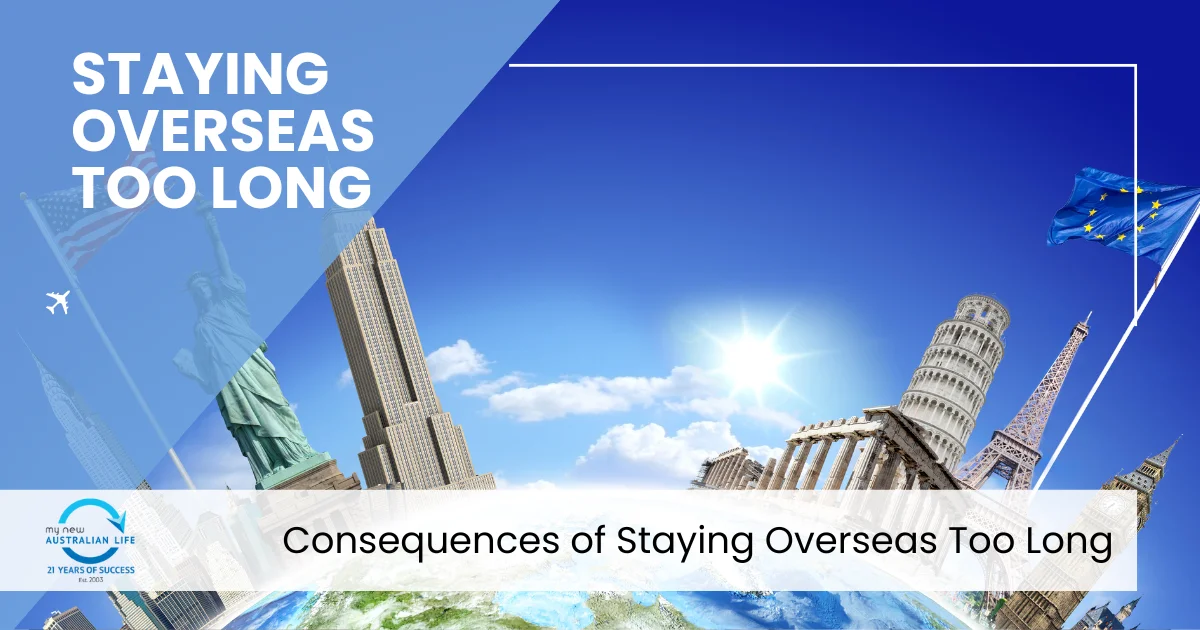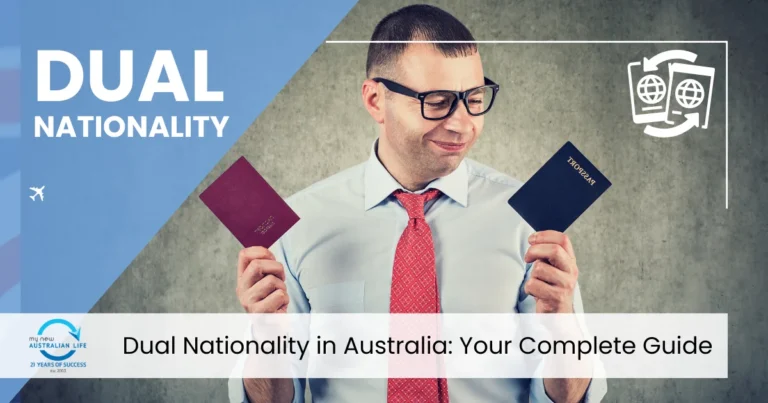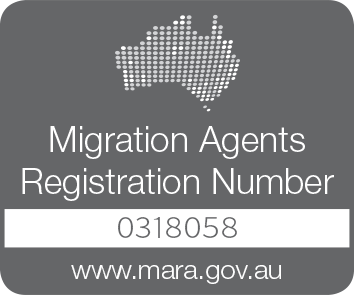What Happens if You Exceed the Allowed Period Outside Australia?
For Australian permanent residents, understanding the rules around time spent outside Australia is crucial. While permanent residency grants the right to live in Australia indefinitely, there are conditions around re-entry that could affect your status if you stay overseas for too long. Let’s explore the consequences, the pathways to re-entry, and what you can do if you find yourself in this situation.
Understanding Permanent Residency and Travel Facilities
When you are granted Australian permanent residency, your visa comes with a 5-year travel facility. This means you can leave and re-enter Australia freely during this period. After five years, if you want to travel internationally and return to Australia, you must obtain a Resident Return Visa (RRV).
For more details, visit the Department of Home Affairs.
Consequences of Exceeding the Allowed Period
If you remain overseas beyond the expiration of your travel facility, several consequences can arise:
- Loss of Re-Entry Rights: Without a valid RRV, you cannot re-enter Australia as a permanent resident.
- Risk of Visa Cancellation: Prolonged absence might signal to authorities that you no longer intend to reside in Australia.
- Impact on Citizenship Eligibility: Extended periods abroad can affect your eligibility for Australian citizenship, as residency requirements may not be met.
- Difficulty Obtaining a New RRV: The longer you stay away, the harder it can be to demonstrate ties to Australia when applying for a new RRV.
People also read: Resident Return Visa (RRV) Australia
Key Time Limits and Conditions
Let’s break down the important time limits and their implications in a table:
| Time Overseas | Consequences | Actions Required |
|---|---|---|
| Less than 5 years | No impact if travel facility is valid | Re-enter freely with PR status |
| 5+ years (with no RRV) | Loss of automatic re-entry rights | Apply for an RRV before traveling back |
| 10+ years | Harder to prove substantial ties | Provide strong evidence of ongoing ties to Australia when applying for an RRV |
What Happens If You Overstay?
If you exceed the allowed period outside Australia without renewing your travel facility, you won’t lose your PR status immediately. However, you won’t be able to re-enter Australia without applying for an RRV or another visa. This can create significant delays and complications.
In such cases, you must apply for an RRV (Subclass 155 or 157) to regain your travel rights. Approval depends on demonstrating substantial ties to Australia, such as:
- Business ties: Owning or operating a business in Australia.
- Employment ties: Ongoing employment with an Australian company.
- Personal ties: Immediate family members living in Australia.
- Cultural ties: Participation in community or cultural activities.
People also read: How Long Can a Permanent Resident Stay Outside Australia?
Impact on Australian Citizenship
Staying overseas for extended periods can affect your eligibility for citizenship. To apply for citizenship, you need to meet the residency requirement, which generally involves:
- Having lived in Australia for at least 4 years before applying.
- Not spending more than 12 months outside Australia in those 4 years.
- Not being absent from Australia for more than 90 days in the last 12 months before applying.
Extended absences may reset this timeline, delaying your ability to become an Australian citizen.
Pathways to Regain Re-Entry Rights
If you exceed the allowed period and lose automatic re-entry rights, you have a few options:
- Apply for a Resident Return Visa (RRV): The most common pathway for re-entry.
- Apply for a Special Return Visa: In rare cases, if your RRV is denied, you might explore other visa options.
- Apply for a Bridging Visa: If already in Australia and awaiting an RRV decision.
People also read: Support Letter Sample for Immigration – Simple Guide
Demonstrating Substantial Ties to Australia
Proving your connection to Australia is crucial when applying for an RRV after a long absence. Here’s what you can provide:
- Financial Evidence: Bank statements, tax returns, or property ownership.
- Employment Records: Work contracts, payslips, or employer references.
- Family Connections: Evidence of close family members residing in Australia.
- Community Involvement: Participation in social, cultural, or volunteer activities.
The following list highlights key documents:
- Birth certificates for Australian-born children.
- Marriage certificates if your spouse lives in Australia.
- Utility bills or rental agreements in your name.
- Memberships in local clubs or community organizations.
Seeking Professional Help
Navigating the complexities of RRVs and re-establishing ties can be overwhelming. Seeking assistance from a migration agent or lawyer can significantly improve your chances of a successful application. Accredited agents can help gather evidence, complete paperwork, and represent you in communications with the Department of Home Affairs.
For professional assistance, visit the Office of the Migration Agents Registration Authority (OMARA).
Staying overseas too long as a permanent resident can complicate your right to return to Australia. However, with proper planning and understanding of the rules, you can take steps to maintain your residency status and avoid unnecessary complications. Whether you need to apply for an RRV, re-establish your ties, or seek professional assistance, knowing your options is the first step towards securing your place in Australia.
Would you like to dive deeper into the RRV process, or perhaps explore personal stories of people who regained their residency status? Let us know!






